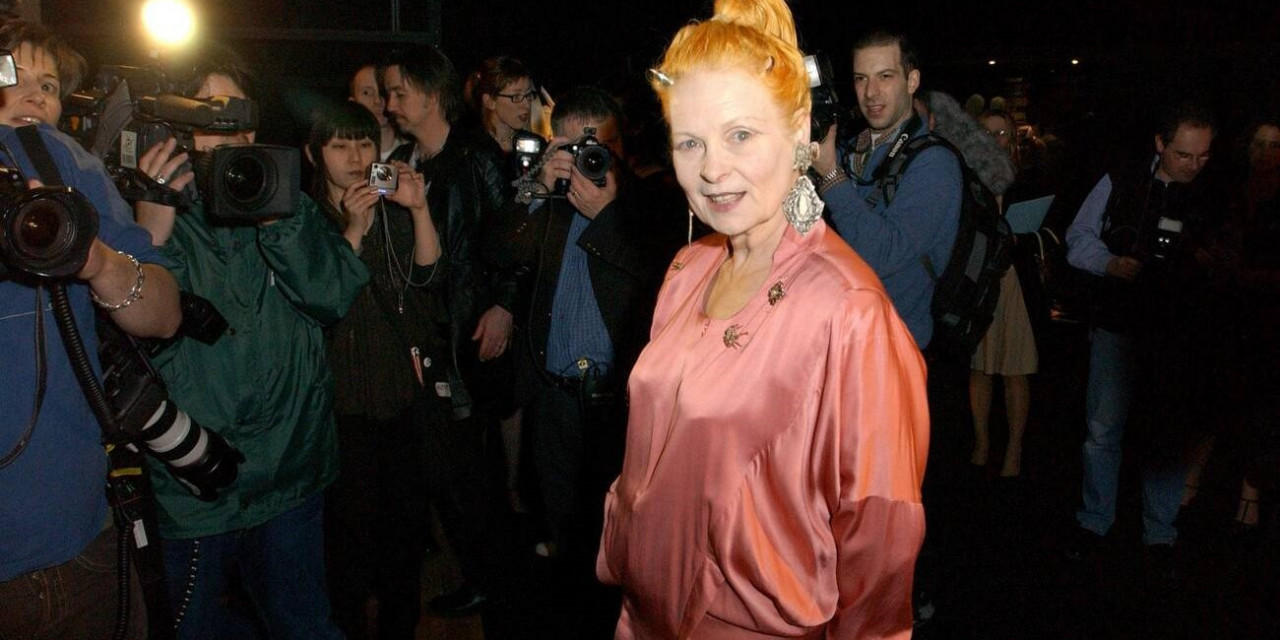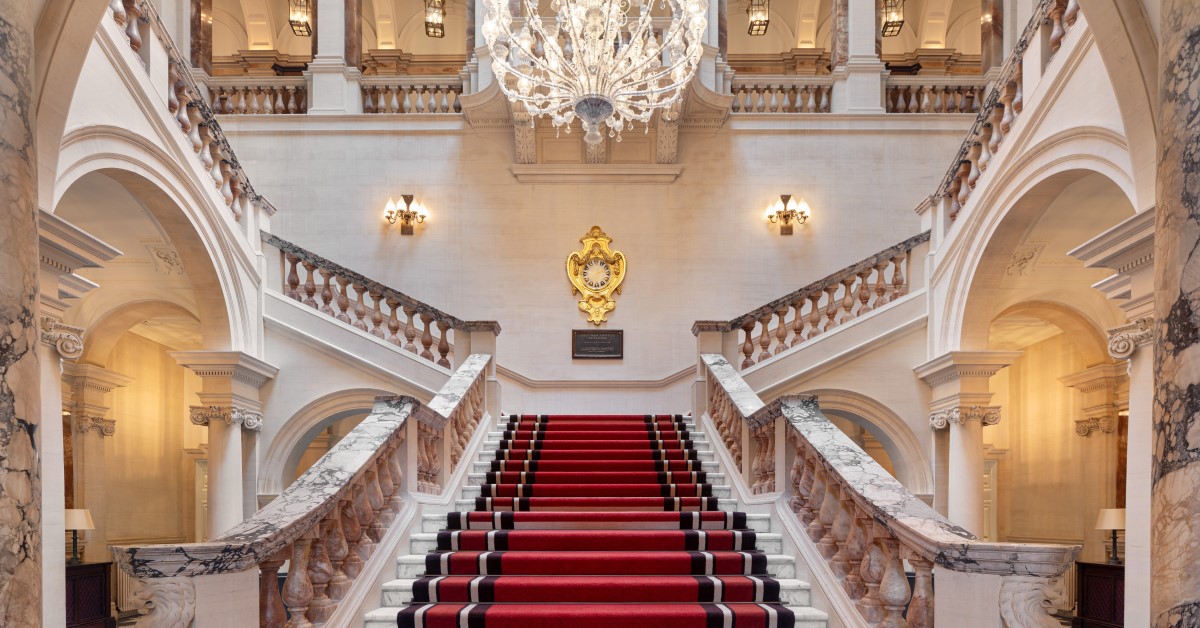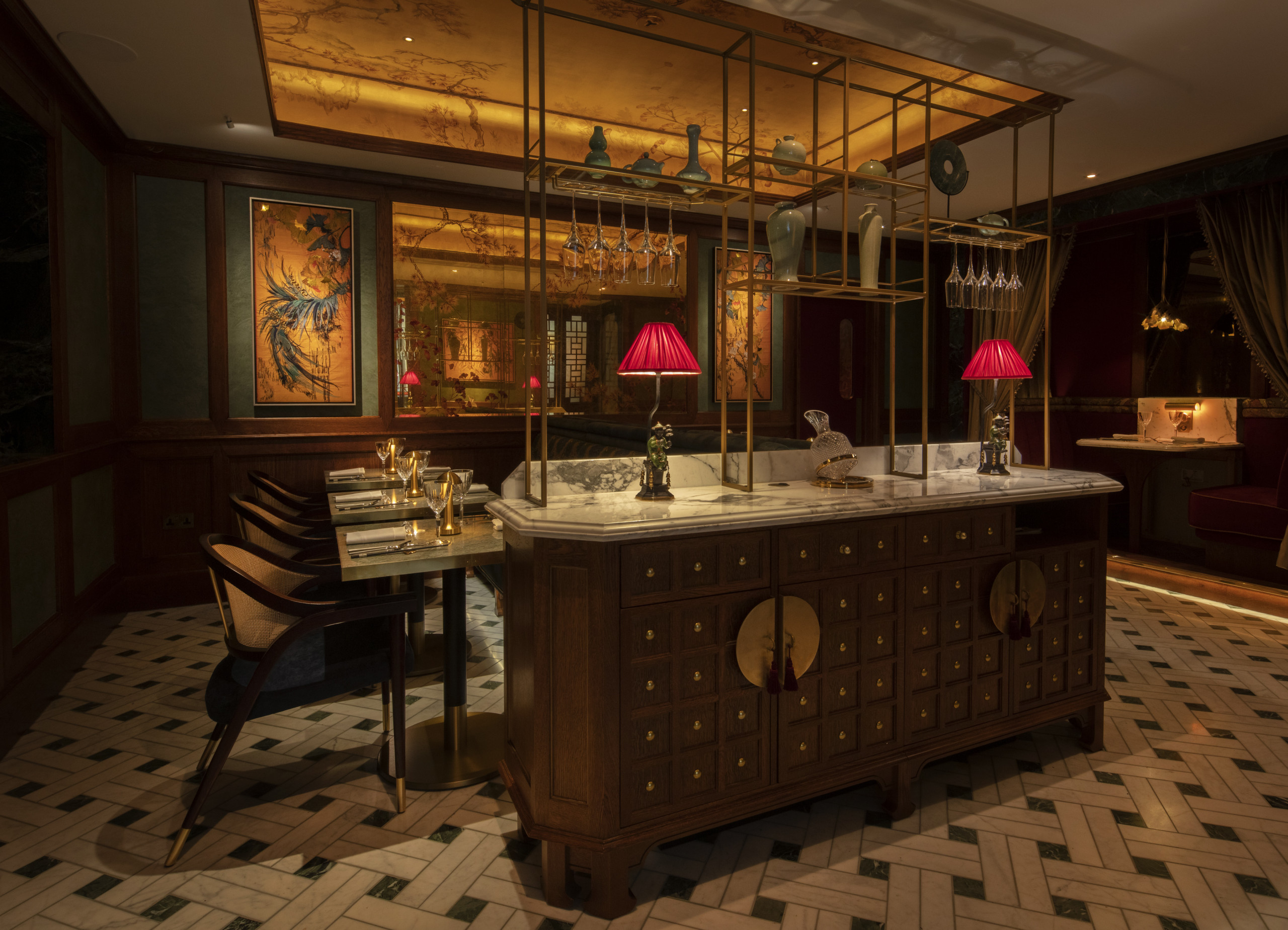FOR MANY OF US, Dame Vivienne Westwood represented the very best of British culture, fashion and purpose-driven design. Born in 1941 Derbyshire, Vivienne Isabel Swire was the daughter of a factory worker and cotton weaver. Westwood’s arrival onto the scene occurred at a time where women’s fashion was still predominantly led by and defined by men.
During the era of Yves Saint Laurent, Halston and Calvin Klein, Westwood emerged as a self-taught designer and a self-made creative entrepreneur, stepping onto the scene and all over Fashion’s patriarchy to forge a new silhouette, a new motif defined by activism and self-expression.
During the first five years of Westwood’s early career, she taught art at Furness Primary school just off the Harrow Road in West London. After teaching herself how to cut, drape and sew, Westwood was often seen in school assemblies wearing her own unorthodox designs. She met Malcolm McLaren in the early 1960’s after separating from her first husband Derek Westwood. With McLaren in 1971, Westwood went on to establish their shop ‘Let It Rock’, located on 430 King’s Road. The Sex Pistols were among her regular customers frequenting the 430 King’s Road store (in addition to ‘Let It Rock’ the store took on other iterations such as SEX, Seditionaries).
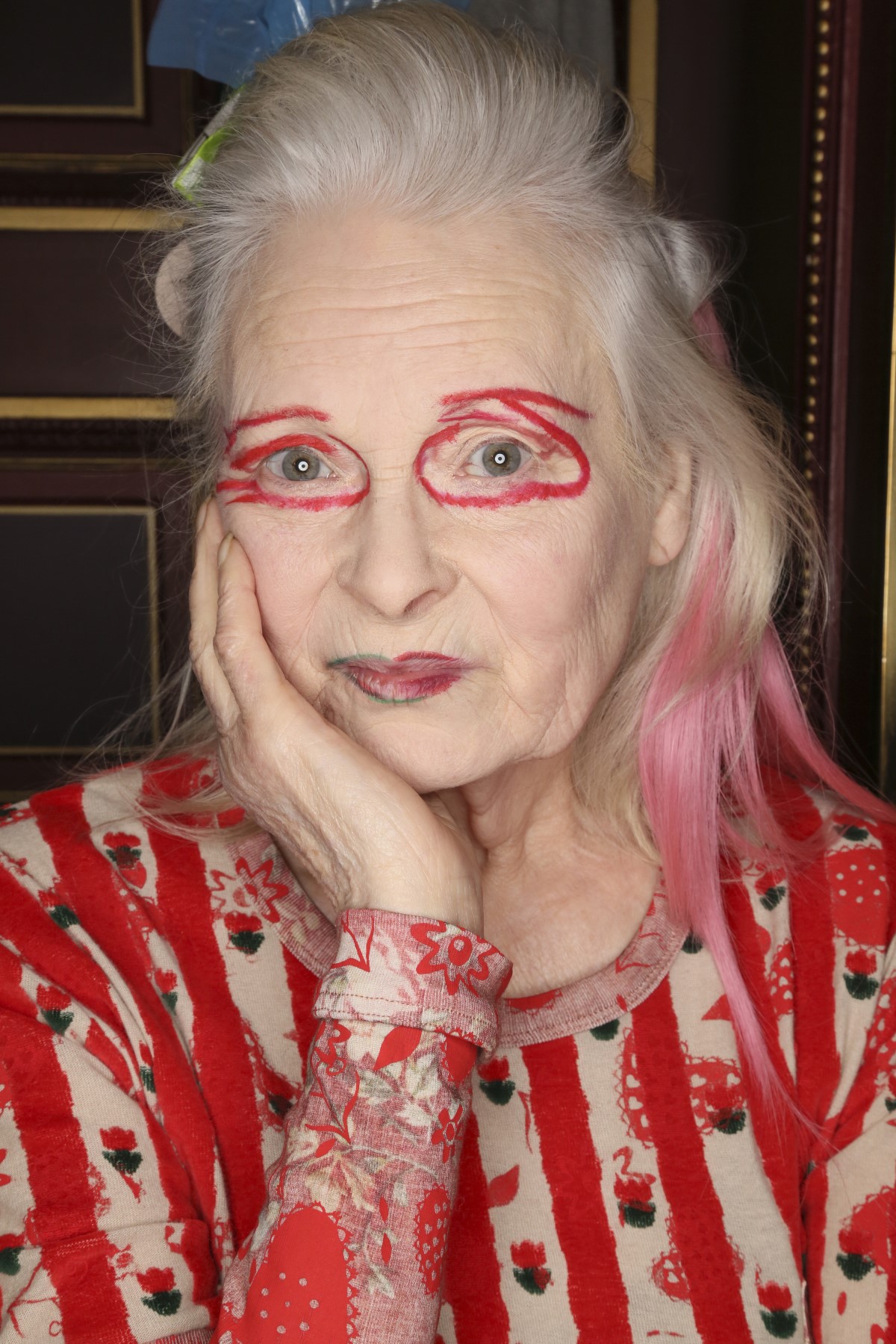
Westwood’s residency on the King’s Road, marked her evolution from a primary school art teacher into self-taught designer and atelier for emerging musicians and artists. As a hub for creatives, Westwood’s 430 King’s Road store served as a catalyst not only for the King’s Road and Chelsea, but for London in making the city, once more, a globally significant destination for fashion, as a place where innovative design, music and culture collided. Westwood’s subversive motif manifested as everything from chicken bones, to bondage gear, safety pins, razor blades and spiked dog collars. The impact of her presence on the King’s Road, cemented its heritage as one of the world’s most famous and celebrated high streets – a destination for cultural innovation.
By the end of the seventies Vivienne Westwood was already considered a symbol of the British avant-garde and for Autumn/Winter 1981 she showed her first catwalk presentation at Olympia in Kensington, London. Westwood then turned to traditional Savile Row tailoring techniques, using British fabrics and 17th and 18th century art for inspiration. Westwood’s reimagining of corsets, bustle skirts, former bondage, transforming and reclaiming these historic garments and symbols of female oppression into modern symbols of sexual emancipation, empowerment and self expression.
The influence of Westwood’s aesthetic on Pop culture was undeniable. Flashback to the iconography of the 1980s, Madonna’s conical bra work during her Blonde Ambition tour, designed by Jean Paul Gaultier. It was Westwood who pioneered the idea of underwear as outerwear. Once more her work contributed to British fashion’s cultural and historical significance as the intersection where music, self-expression and design combined.
Whether it was her conservation of nature and craft or campaigning for the democratisation of cultural institutions, or her complete irreverence for the establishment (Westwood famously went knickerless to receive her OBE at Buckingham Palace in 1992), “Westwood was talking to us through her clothes; telling us what mattered, what we must protect, value or reject.” Jane Mulvagh, author of the biography Vivienne Westwood: an unfashionable life (1999) concluded in her recent tribute to Westwood (The Art Newspaper, Dec 2022).
Professor Andrew Groves, Westminster University Fashion reflects on Westwood’s influence on British fashion: “If you were a working-class kid growing up in the late 1970s and early 1980’s, Vivienne was an absolute inspiration who made you believe you, too, could be a part of that world. She demonstrated that you didn’t need to come from the “right” family or attend the “right” school or college; you could do it on your own terms. Without her we wouldn’t have had Galliano or McQueen, or the thousands of others over the last 40 years that she inspired…”.
Westwood was also tireless in her activism off the catwalk collaborating with NGOs and organisations such as Greenpeace and the United Nations. In 2011 Westwood collaborated with the International Trade Centre to produce their Ethical Fashion Initiative.
The programme supports the work of female artisans from marginalised communities in Africa. Westwood also campaigned for a number of charities including Friends of the Earth and is an ambassador for Greenpeace. In 2013 she designed their official ‘Save the Arctic’ logo. Alongside her husband and design partner Andreas Kronthaler, Westwood also supported the charity Cool Earth in its efforts to halt the destruction of the rainforest.
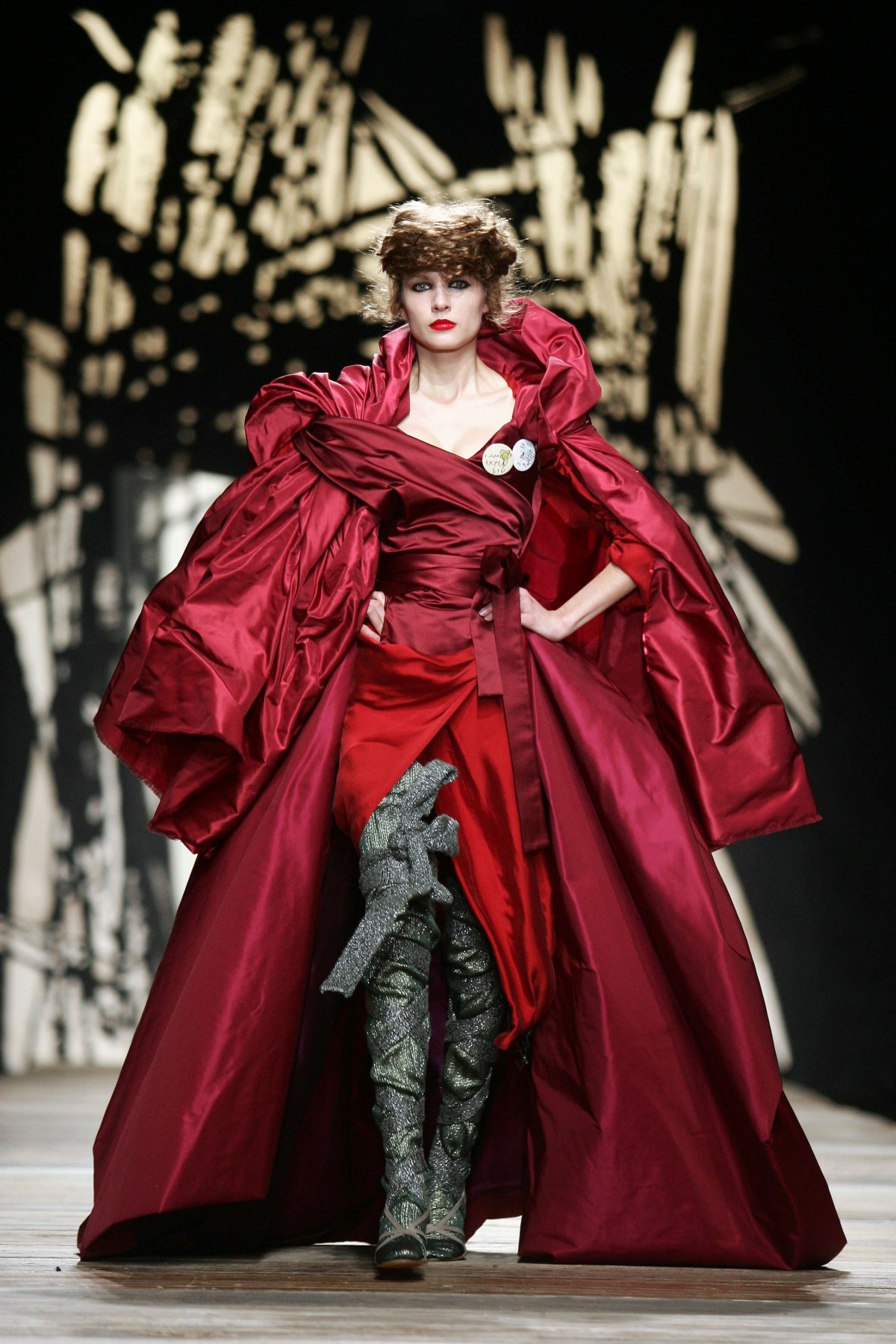
In the age of Extinction Rebellion and in the wake of Greta Thunberg’s meteoric rise, it is important not to forget that alongside the likes of Katherine Hamnett MBE and Anita Roddick, Westwood belongs to a pantheon of trailblazing British female entrepreneurs who amplified the message of ethics and social responsibility. In 2019, Vivienne Westwood received recognition for this pioneering work when she was awarded the Lifetime Achievement Award at the London Design Festival.
“I will continue with Vivienne in my heart,” Kronthaler said in a statement. “We have been working until the end and she has given me plenty of things to get on with.” According to the Financial Times, her family has revealed their plans to launch the Vivienne Foundation next year “to honour, protect and continue the legacy of Vivienne’s life, design and activism”. The not-for-pro it will focus on issues related to climate change, war, human rights and capitalism.
As well wishers continue to lay their floral tributes outside Westwood’s King’s Road store, Caroline Rush CBE, CEO British Fashion Council considers Vivienne Westwood’s lasting impact on transforming the face of fashion: “Through her creativity and innovation, she has led the way, inspiring others to be themselves… A fashion revolutionary, her work not only changed the fashion industry – giving birth to and defining punk but it also drove positive change globally.

